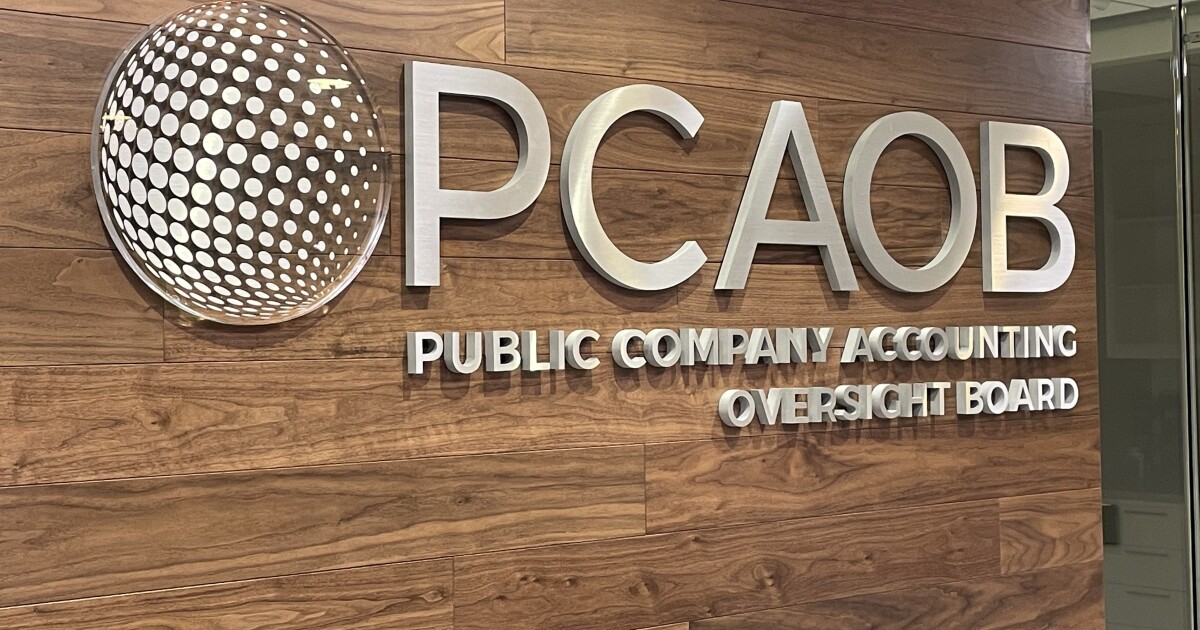Tax deductions — including those derived from depreciation — are a critical part of most companies’ financial strategies. However, this year’s uncertainty in Washington is resulting in a particularly unclear tax landscape, especially as it pertains to deductions from real estate holdings and capital expenditures. Will Congress extend 100% bonus depreciation? Will capital gains rates and corporate tax rates change?
Waiting for legislative decisions to shape your capitalization strategy could prove costly. Delays in planning may lead to missed opportunities, potentially costing your business millions in tax savings.
The solution? Start preparing for the alternatives, including the possibility of no bonus depreciation, now.
By exploring strategies to increase your tax deductions through your real estate holdings and capital expenditures, you can position your business for a predictable tax situation in 2025, no matter what happens in Congress.
Here’s how to get started:
Revisit the tangible property regulations and devise a long-term strategy for capital expenditures
The final tangible property regulations made waves when they were introduced in 2014, offering businesses a structured framework for distinguishing between capital expenditures and deductible repairs. But by 2018, many tax departments shifted their focus to 100% bonus depreciation, which seemed like a simpler alternative to the complexities of TPR.
This shift made sense at the time, especially since Qualified Improvement Property — a bonus-eligible asset classification for most interior building improvements — largely overlapped with expenditures that could otherwise be classified as repairs.
However, as bonus depreciation phases out, TPR is regaining relevance as a powerful tool for expensing long-lived expenditures. Through repairs studies, businesses can still achieve comparable (or even superior) deductions for QIP and other capital expenditures.
While a quality repairs study requires a detailed analysis by an experienced provider, the effort is worth the investment. Certain capital expenditures, including roofing work, exterior painting, HVAC overhauls and elevator work, can qualify as a repair despite their exclusion from QIP and bonus depreciation eligibility. Depreciation recapture is not an issue with repairs expensing, simplifying the accounting process.
And finally, don’t forget to revisit your De Minimis Safe Harbor Election when evaluating your portfolio. This can add up to big numbers depending on your types of capital spend.
Identify and quantify missed prior year opportunities
It’s not uncommon for historical tax fixed assets to be depreciated over unnecessarily long lives. Many of these assets could have been classified into shorter tax lives, allowing for accelerated deductions that went unclaimed. The good news? It’s not too late to take advantage of those missed opportunities and use them on your current year tax return.
Lookback studies enable businesses to retroactively reclassify assets and capture deductions they missed in prior years. Cost segregation studies, repairs studies, tenant improvement allowance studies and direct reclassifications are all good candidates for potential lookback deductions.
Implementing these retroactive changes is straightforward. By filing Form 3115, businesses can claim the full benefit of missed deductions in their current tax year without having to reopen prior-year tax returns. Accounting method changes related to these types of adjustments are typically “automatic,” making the process even simpler.
Lookback studies offer several key advantages. From a strategic standpoint, taxpayers can leverage favorable tax provisions from prior years, such as bonus depreciation, depending on when the analyzed expenditures were incurred. Correcting simple errors, such as reclassifying nonresidential real property to QIP, can yield meaningful value with minimal effort. Additionally, taking a one-time catch-up adjustment for missed prior year accumulated depreciation often results in millions of dollars in immediate tax savings.
Proactively identifying these opportunities and having an implementation plan in place can ensure that businesses don’t leave money on the table.
Don’t underestimate the value of a traditional cost segregation study
A cost segregation study remains one of the most effective tools for accelerating tax deductions, even as bonus depreciation phases out. By reclassifying newly constructed or acquired long-lived assets into shorter-lived property categories (such as five- or seven-year property), businesses can unlock substantial tax benefits.
Nearly every property type, from small-scale residential to major commercial venues and arenas, can yield valuable accelerated tax deductions through a cost segregation study.
And while investing in a cost segregation for tax purposes, make sure to align the final deliverable with your intended long-term goals. This could include segregating assets for financial reporting purposes, assigning physical locations, building system, and quantities to assets for future disposition purposes, and evaluating the expenditures for additional tax credit potential. Making that extra effort now means cleaner, more organized fixed asset records that simplify future accounting processes. And who doesn’t love clean fixed assets?
Be sure to talk about other peripheral impacts of a cost segregation study, including potential benefits to property tax bills.
Devise a custom strategy
Whether your goal is to maximize deductions this year, create a multi-year tax plan, or evaluate opportunities within your existing real estate portfolio, the time to act is now. You can develop a tailored strategy that aligns with your overall tax planning goals — regardless of what Congress decides.
The tax landscape may be uncertain, but businesses that plan can stay ahead. By revisiting tangible property regulations, exploring retroactive opportunities and leveraging cost segregation studies, you can optimize your tax position and unlock millions in savings.
Don’t wait for Congress to make a decision — start preparing today.


 Personal Finance1 week ago
Personal Finance1 week ago
 Economics6 days ago
Economics6 days ago
 Economics1 week ago
Economics1 week ago
 Economics6 days ago
Economics6 days ago
 Economics6 days ago
Economics6 days ago
 Economics4 days ago
Economics4 days ago
 Finance6 days ago
Finance6 days ago
 Blog Post5 days ago
Blog Post5 days ago










